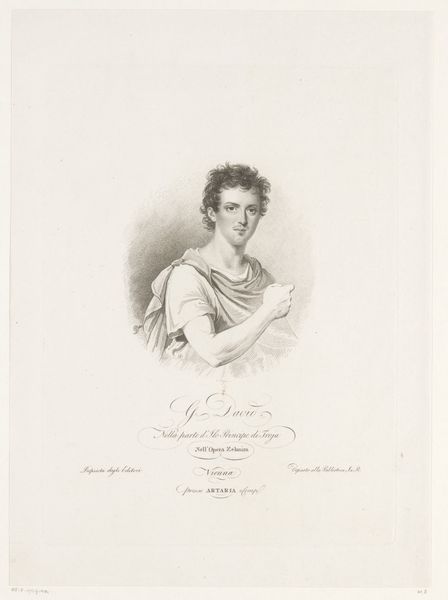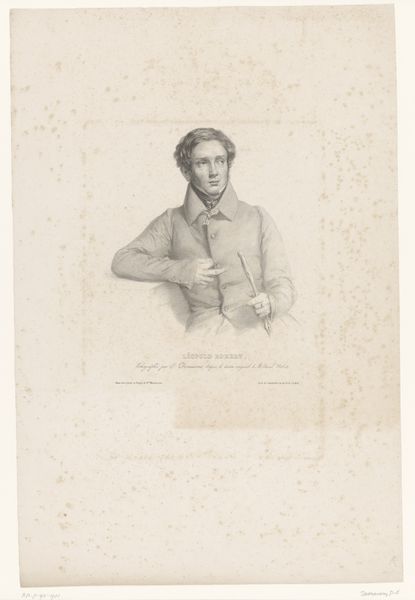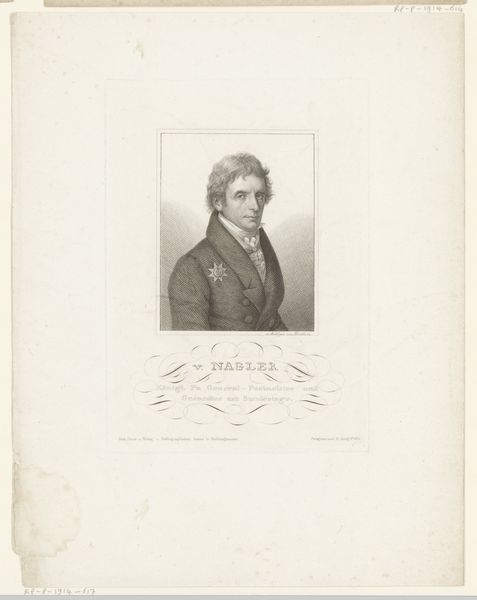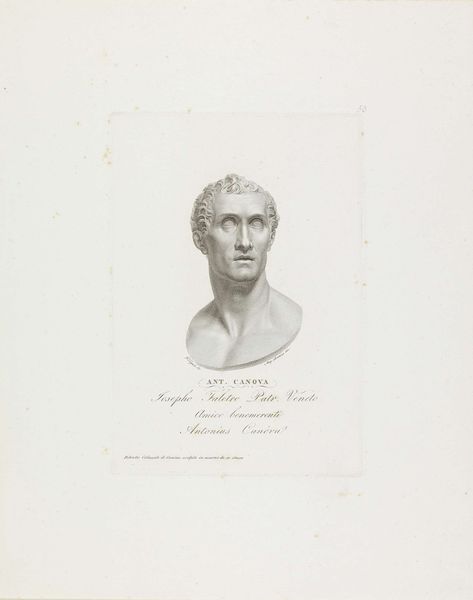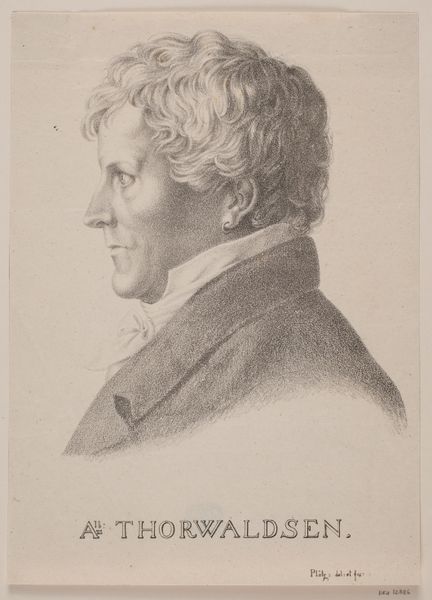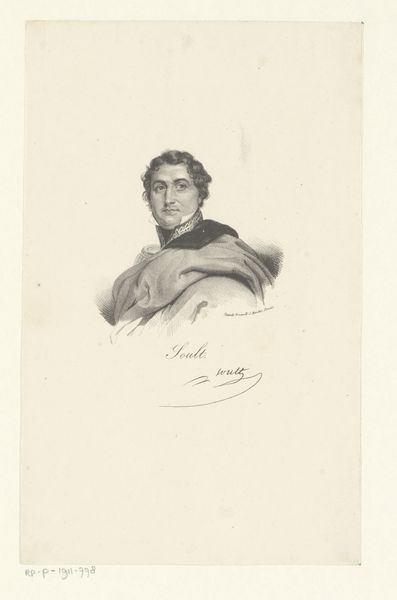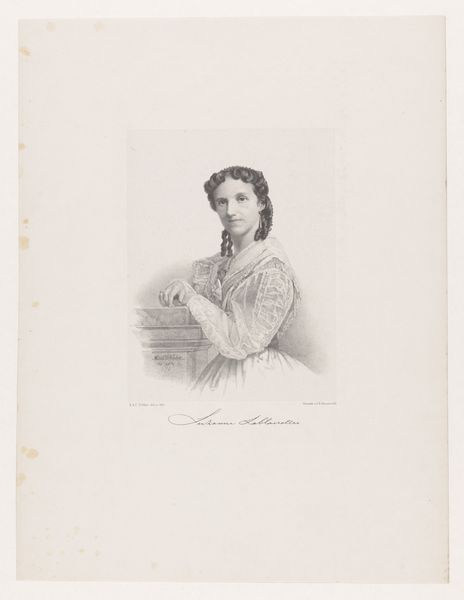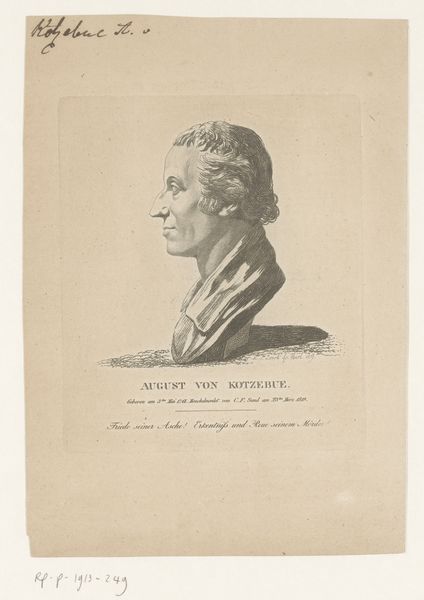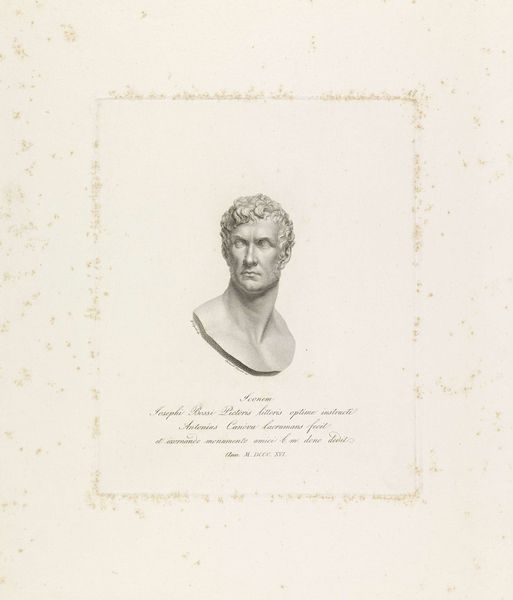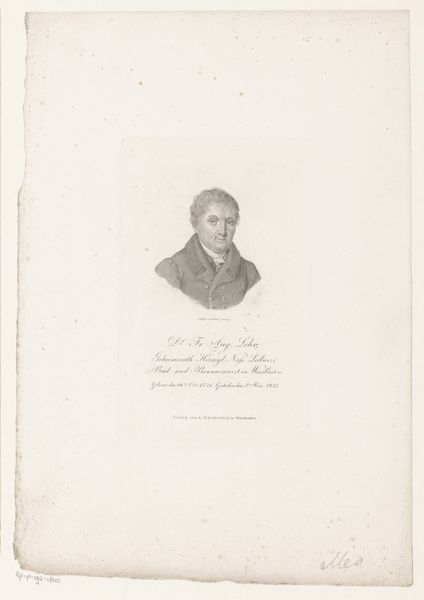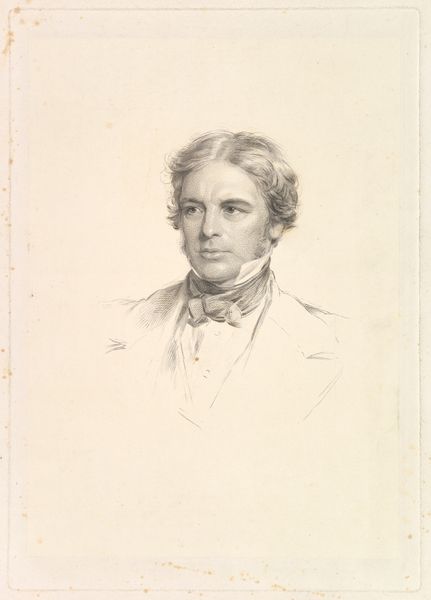
drawing, print
#
portrait
#
drawing
# print
#
figuration
#
romanticism
#
history-painting
Dimensions: Sheet: 11 9/16 × 9 7/16 in. (29.4 × 24 cm)
Copyright: Public Domain
Editor: So, this is Henry Hoppner Meyer's "Mr. Kean in the Character of Macbeth," a print from 1815. The somberness of his gaze and the shading around his eyes suggests deep inner turmoil. What's your take on it? Curator: The intensity you observe in Kean's expression certainly speaks to the performance, but it's essential to consider the cultural context surrounding representations of masculinity at that time. How does Kean, an actor playing Macbeth, embody and perhaps even challenge accepted ideals of manhood and power? Editor: I see what you mean! Is the artwork suggesting that Macbeth's ambition, the pursuit of power, might actually be a kind of destructive force against himself? Curator: Exactly! Think about how Romanticism challenged Enlightenment ideals. The print captures a pivotal shift, where the rational hero is being replaced by figures wrestling with intense, often irrational, emotions. And how those in power often benefit from structures of oppression. Do you think that context is suggested here? Editor: Well, looking at Kean's Macbeth, I am questioning the concept of masculinity itself. The historical and social contexts of theatrical portraiture shed light on shifting definitions of masculinity. Meyer isn't simply depicting an actor, he is commenting on the nature of power, its performance, and its psychological consequences. Curator: Precisely! This goes beyond just aesthetics; it allows us to examine the power dynamics inherent in both Shakespearean drama and 19th-century British society. Editor: I've certainly never thought about historical context and masculinity like that before, that's definitely insightful. Thank you! Curator: My pleasure! It's fascinating to consider how artworks like this reflect and actively shape cultural norms.
Comments
No comments
Be the first to comment and join the conversation on the ultimate creative platform.
